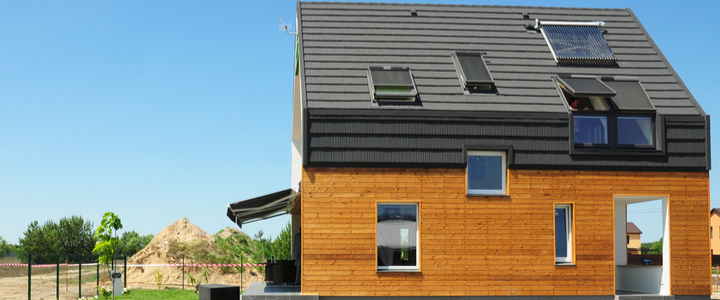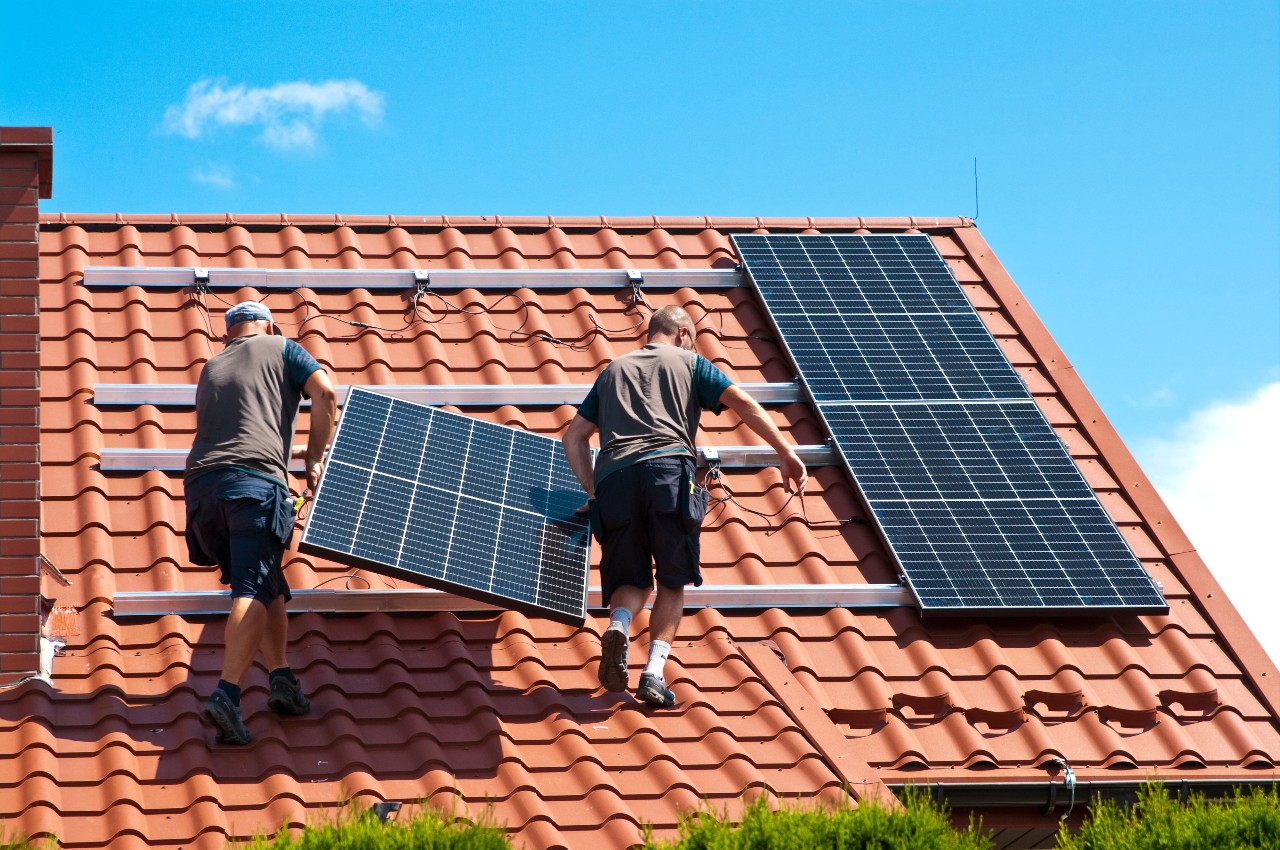Passive Houses in the UK

Germany developed the Passivhaus during some research projects which got financed by the German state of Hessen. Also known as the Passive House which has made way in many countries around the world. The primary function of the house is to be energy efficient through well-insulated installations and high-quality windows while at the same time allowing sufficient ventilation. Therefore heating and cooling of such a home need a moderate amount of energy which also reduces the ecological footprint.
The Passive House, seen as a good design and detailed process, is integrated with architectural design rather than an attachment or supplement to architectural design.
Central Europe has a lot of practical experience on Passive House buildings due to the climate which influences the building methods of the house. It is needed for countries with different climates to adapt the Passive House building according to their climate and building standards.
Even if the methods and standard on a Passive House construction may change according to the country it is being built; the leading principles will be the same, which is keeping the house energy efficient off course.
In some locations, the energy needed is being used for cool or dehumidification while retaining the Passive House method the same.
Here is some standard of a Passive House for all climates:
– The comfort of a Passive House is crucial, as the house focuses on bringing the indoor climate to a level of comfort.
– Affordable solutions must be implemented.
– If traditional energy needs to be applied, this is done at the lowest cost possible, as the system of the house should be providing most of the home’s energy.
– Insulation benefits the home in all climates, whether the house needs to stay cooler or warmer.
– Solar radiation during summer is necessary for shading.
– Air ducts from the ventilation system help to transport heat for warmth, cold air for cooling or dry air for dehumidifying when needed.

Passive houses also make use of low-energy building methods and technology.
The design of such an energy efficient home, better accomplished with energy-efficient landscaping. When needed to reduce excessive heat during the summer in regions with warmer climates, the right kind of plantation, for example, vines, vertical gardens, green roofs, and trees around the home can help to decrease the temperature of the home.
When it comes to the design of a Passive House, windows are facing the equator for maximum solar gain. Construction made from lightweight materials and exterior wall colours have reflection or absorption insulation qualities.
If the Passive House building methods and techniques, from the German Passive House building standards, is in such a way, that it can be constructed in warmer areas as well, it is certainly safe to say that the Passive House is very feasible in the UK.
In Ireland during 2005, the first standardised passive prefabricated home was built, and after that, a Swedish company has built a passive house in England and Poland.
The Passivhaus Trust gives leadership in the UK for those who want to adopt the Passive House standards.
With these homes being feasible almost anywhere in the world, those who are planning to invest in a Passive House can look forward to comfort and high standards as well as spare our planet of high carbon emissions.


















